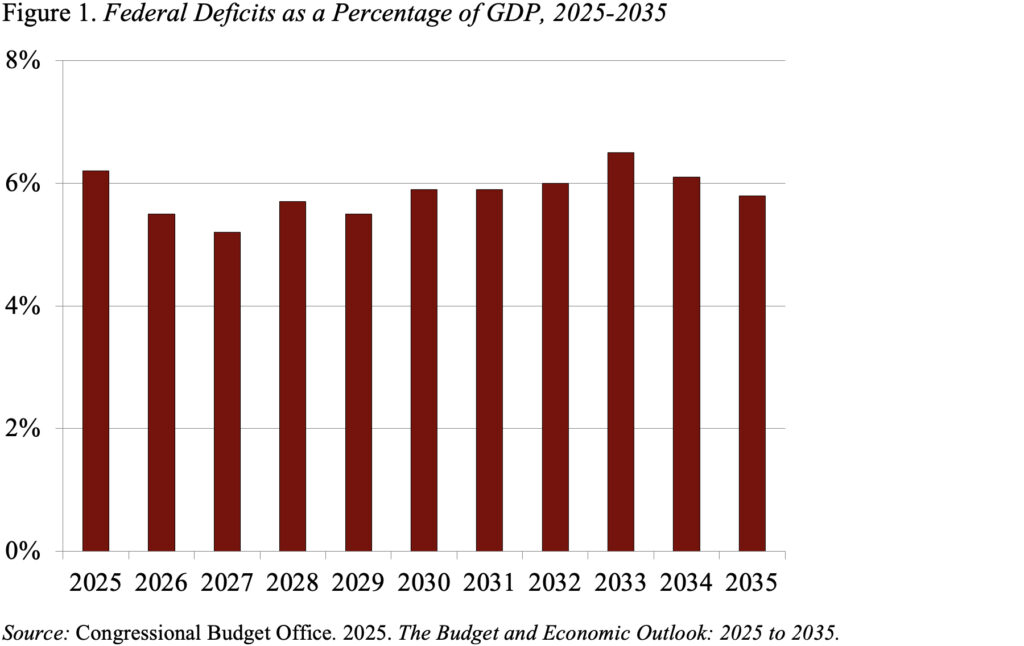Deepseek Just Exposed The Biggest Flaw Of The Artificial Intelligence (ai) Revolution

For more than two years, Wall Street has been virtually unstoppable. The Dow Jones Industrial Average, S&P 500, and Nasdaq Composite have all recently rocketed to record-closing highs and surpassed psychologically important values of 45,000 for the Dow, 6,000 for the S&P 500, and 20,000 for the Nasdaq Composite.
Although the most recent leg higher in equities was driven by Donald Trump's Election Night victory, the foundational catalyst that's fueling this upside is the rise of artificial intelligence (AI).
Where to invest $1,000 right now? Our analyst team just revealed what they believe are the 10 best stocks to buy right now. See the 10 stocks »
Image source: Getty Images.
With AI, software and systems are being empowered to reason, act, and evolve, all without the need for human intervention. The capacity for software and systems to become more proficient at their assigned tasks over time, as well as learn new skills, gives this technology a seemingly limitless long-term ceiling.
However, Wall Street's DeepSeek scare from last week exposed what's arguably the biggest flaw of the AI revolution.
AI stocks have dominated the investment landscape
Before digging into what riled investors and how the hottest trend on Wall Street may be upended, it's important to understand how this technology has been a catalyst for America's most-influential businesses.
For instance, Nvidia (NASDAQ: NVDA) was a $360 billion company when the curtain opened in 2023. Less than two years later, its valuation would peak around $3.7 trillion. This parabolic ascent, which had never been witnessed for a market-leading business, is solely the result of Nvidia's graphics processing units (GPUs) becoming a staple in high-compute data centers.
Orders for Nvidia's Hopper (H100) and successor Blackwell GPUs are backlogged, and no other AI-accelerating GPUs are particularly close to matching the computing speed of these chips. This combination of overwhelming demand and AI-GPU scarcity has afforded Nvidia exceptional pricing power and lifted its gross margin into the stratosphere.
It's somewhat of a similar story for Broadcom (NASDAQ: AVGO), which recently became only the 10th public company traded on U.S. exchanges to reach a nominal $1 trillion market cap. Broadcom's AI networking solutions are the preferred choice by businesses to maximize the computing potential of their GPUs and (most importantly!) to reduce tail latency. Minimizing lag is a must when split-second decisions are being made by AI software and systems.
Broadcom CEO Hock Tan believes its custom AI chips and other networking solutions should lead to between $60 billion and $90 billion in aggregate orders from its top three hyperscaler customers over the next three years.
AI application companies are benefiting, too. "Magnificent Seven" giants like Microsoft, Amazon, and Alphabet are spending tens of billons of dollars on the necessary hardware to power their AI data centers. All three are leading cloud infrastructure service providers, with their AI investments allowing users access to generative AI solutions.
While investors entered 2025 with high hopes for the AI revolution, the emergence of DeepSeek may have permanently derailed those short-term expectations.
DeepSeek unmasks the biggest flaw with the artificial intelligence revolution
Roughly two weeks ago, China-based DeepSeek unveiled its open-source large language model (LLM), known as DeepSeek-R1, which is similar to ChatGPT, the chatbot developed by OpenAI that effectively sparked AI euphoria in late 2022.
Though there are other chatbots available beyond ChatGPT, DeepSeek claims it was able to train its LLM using slower Nvidia chips and for a fraction of the cost than what the Magnificent Seven companies are spending on their AI-accelerated data centers. The steep sell-off in AI stocks on Jan. 27, which saw Nvidia set the record for the largest nominal decline in market cap for a single session ($593 billion), had investors questioning whether Nvidia's and Broadcom's AI product demand could take a hit.
However, this reaction overlooks the root flaw with the artificial intelligence revolution, which is a persistent overestimation of AI adoption rates and early stage utility.

Image source: Getty Images.
There's no denying that businesses are spending a small fortune building out their AI data centers. Microsoft plans to spend $80 billion in fiscal 2025 to "build out AI-enabled data centers to train AI models and deploy AI and cloud-based applications around the world." But there's a big difference between spending big on a next-big-thing technology and getting returns on those investments.
The overwhelming majority of businesses lack clear game plans for how they're going monetize AI and generate a positive return on their sizable investments. What DeepSeek exposed is the reality that most companies have no idea how to optimize their AI hardware and/or solutions, or what optimization might actually mean in terms of sales growth and profitability.
The silver lining is that AI advances do point to a very large addressable market in the decades to come. This is a technology that offers utility in most industries around the globe.
But all game-changing technologies need an adequate amount of time to mature. It took close to a decade after the initial proliferation of the internet before dot-com companies began optimizing this technology. To expect companies to optimize AI hardware/software and generate a positive return on their investments in just two years isn't realistic.
We've also witnessed every next-big-thing innovation since (and including) the advent of the internet navigate its way through an early stage bubble-bursting event. DeepSeek serves as a reminder that AI is unlikely to be the exception to this unwritten rule. Once lofty investor expectations aren't met, premium valuations could quickly deflate in the AI arena.
Don’t miss this second chance at a potentially lucrative opportunity
Ever feel like you missed the boat in buying the most successful stocks? Then you’ll want to hear this.
On rare occasions, our expert team of analysts issues a “Double Down” stock recommendation for companies that they think are about to pop. If you’re worried you’ve already missed your chance to invest, now is the best time to buy before it’s too late. And the numbers speak for themselves:
- Nvidia: if you invested $1,000 when we doubled down in 2009, you’d have $311,343!*
- Apple: if you invested $1,000 when we doubled down in 2008, you’d have $44,694!*
- Netflix: if you invested $1,000 when we doubled down in 2004, you’d have $526,758!*
Right now, we’re issuing “Double Down” alerts for three incredible companies, and there may not be another chance like this anytime soon.
*Stock Advisor returns as of February 3, 2025
John Mackey, former CEO of Whole Foods Market, an Amazon subsidiary, is a member of The Motley Fool's board of directors. Suzanne Frey, an executive at Alphabet, is a member of The Motley Fool's board of directors. Sean Williams has positions in Alphabet and Amazon. The Motley Fool has positions in and recommends Alphabet, Amazon, Microsoft, and Nvidia. The Motley Fool recommends Broadcom and recommends the following options: long January 2026 $395 calls on Microsoft and short January 2026 $405 calls on Microsoft. The Motley Fool has a disclosure policy.


